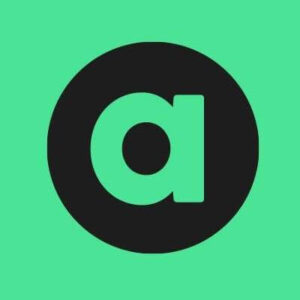Web design lingo for beginners: the buzzwords and terms you need to know
If you’re new to the world of web design, there’s likely to be a lot of jargon you need to get your head around.
It’s important to do this, even if you aren’t designing a website yourself. You’ll need to speak at least some of the lingo in order to explain to a web designer what exactly you want from your new site and understand how he or she will achieve your goals. Here are 10 of the most commonly used terms and a quick guide to what they mean (more research is definitely recommended!):
- CSS. This is a piece of code that designers use to designate the way a website looks and feels, rather than the actual content itself.
- A commonly used computer language which is used to display your website content, from the text to the images, on the web.
- HEX Code. This is a code used in both CSS and HTML to designate a specific colour.
- RGB Colour. This is a colour model representing red, blue and green that web designers use because computer monitors tend to transmit light in these colours.
- This basically refers to font (i.e. Times New Roman, Arial etc.) – a design collection of characters that will make up the text on your website.
- Visual hierarchy. This is a principle of design in which certain parts of your content and its message are emphasised
- Call to action. This is more of a digital marketing term, but it does have a strong impact on web design. The call to action is the content, usually text but can also include images, which urges the user to do something – i.e. contact the brand, make a purchase, take advantage of a time-limited sale etc.
- White space. This is pretty much what it sounds like – it’s the white space surrounding an object on your website. It’s absolutely crucial to the aesthetics and impact of your website, so a lot of thought needs to be put into how it’s used.
- Saturation. This refers to the intensity, brightness or richness of a colour on the page.
- JPEG/PNG/GIF. These three terms all refer to image files. A JPEG is an image that can lose detail as its compressed, which is why its best used for photos and realistic images where there are smooth transitions between colours. A PNG image is best used when working with images with transparent backgrounds or large areas of uniform colour, while a GIF is ideal for small images with simple designs and few colours – and they can be animated too!
There are, of course, many other different terms, abbreviations and phrases that you might need to know about, some of which can be quite complex, but this is definitely a good starting point.
When you first started learning about web design, what jargon did you find the most difficult to understand? What terms and phrases do you think are the most important to familiarise yourself with, both as an amateur designer and as a client commissioning a new website?








